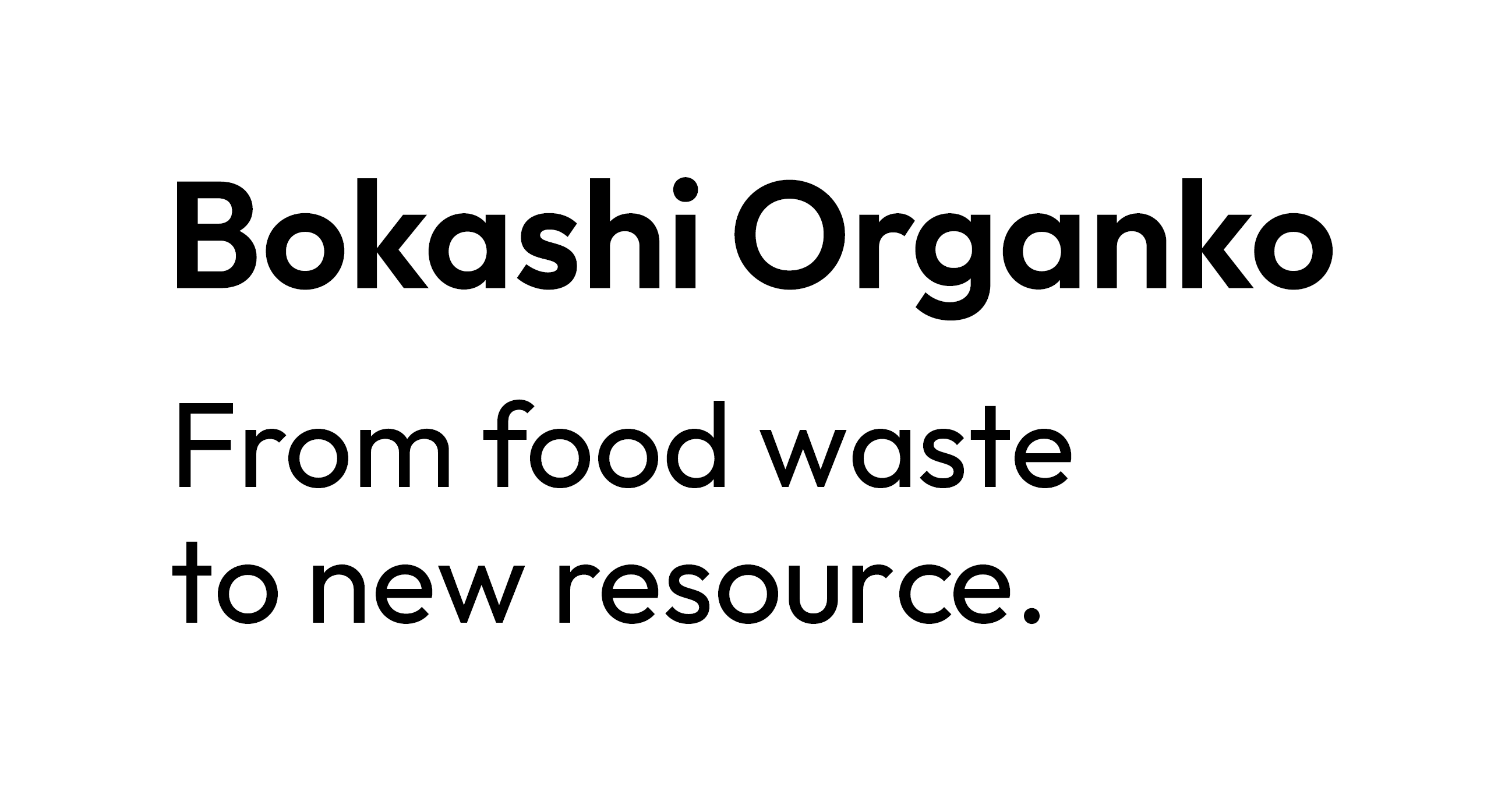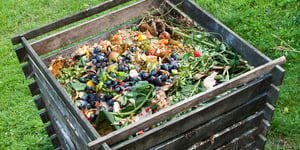If we want to create a sustainable society, sustainable agriculture needs to play a huge role. And we basically cannot talk about the latter without knowing about effective microorganisms in agriculture. Since understanding this topic is of great importance, we will dive deeper into the benefits of Effective Microorganisms (EM) in agriculture.
Throughout the following sections, we will take a look at several branches of agriculture, where EM play a very important role. Moreover, we’ll cover how EM are being used to improve each of those areas. Our goal is to give you some clear insights and boost your understanding of effective microorganisms in agriculture that can have a massive contribution towards establishing sustainable agriculture.

Effective microorganisms in agriculture
As technological advancement exploded in the previous century, it was immediately massively used in agriculture. This included heavy machinery as well as pesticides and chemical fertilizers. Both of these are still used by the majority of farmers worldwide. And while they may enable faster scaling and seem like a good short-term solution, they have a very negative impact on the soil and on the environment.
As such, more sustainable methods are required - this is where effective microorganisms in agriculture offer a tangible solution.
Side note:
In case you want to get a clearer insight into the negative impacts of modern agriculture and see some of the most amazing solutions, we strongly recommend you watch a documentary called Kiss The Ground by Woody Harrelson. One of the key solutions mentioned in it is so beneficial mainly due to effective microorganisms.
Effects and Benefits of Effective microorganisms in agriculture
There are countless use cases of effective microorganisms in agriculture and we will take a closer look at many of them as we move along. But before doing so, let’s cover the main benefits of EM technology in farming and agriculture.
- It increases humus formation.
- EM technology improves soil condition, which leads to reduced erosion.
- It makes plants more vital and resistant to various tougher conditions.
- EM technology contributes to faster soil heating.
- It doesn’t cause groundwater pollution.
- Using effective microorganisms in agriculture also contributes to fertilizer costs reduction
- It contributes to a rich yield of high-quality food.
EM in Farming
The amazing thing about effective microorganisms in agriculture is that they offer an ecologically sound solution. Whether used in conventional or organic agriculture, they help to create an optimal environment in the soil and foliar surfaces. By stimulating the organisms in the soil, the above-listed benefits come to life.
Key benefits of EM in farming:
- Ensuring valuable yield even in dry periods.
- By improving the solid structure, the nutrient capacity is increased.
- Ensuring better water balance in soil by the activation of organisms.
Use cases of EM in farming:
- Natural protection via seed treatment.
- Seedling treatment.
- Leaf and soil treatment.
- Treatment of crop residues.
- Treatment of green manure.
- Adding Bokashi for fertilization.
- Fertilisation with liquid or slurry manure.
- Common specific use cases:
- Seed and leaf treatment of rapeseed plants.
- Seed and leaf treatment of winter grains.
- Seed and leaf treatment of summer grains.
- Disinfection and leaf treatment of potatoes.
- Disinfection and leaf treatment of corn.
- Seed and leaf treatment of sugar beet.
- Seed and leaf treatment of soybeans.
- Seed and leaf treatment of sunflowers.
- Seed and leaf treatment of pumpkins.
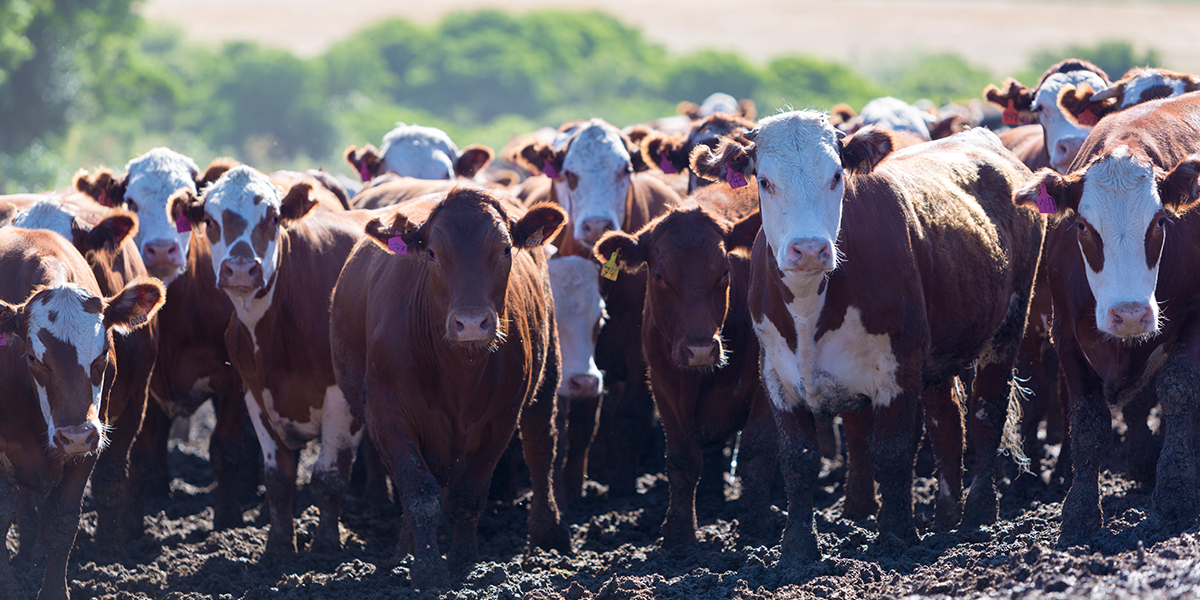
EM for Compost and Humus Development
There are various ways in which effective microorganisms in agriculture deliver benefits. However, most of the use cases come through compost and humus development. Whenever compostable material is mixed with EM it creates a much higher quality and nutrient-rich compost (Bokashi composting).
Key benefits of EM in compost and humus development:
- EM technology helps promote the development of highly nutrient-rich soil.
- EM technology helps produce natural fertilizer.
EM in Silage & Grassland Management
Though farming may be the first thing we think about when considering agriculture, there are several other ways in which effective microorganisms in agriculture bring noticeable benefits. Silage and grassland management is one of them. This stage of agriculture is very important. Aside from improving soil, it also ensures tasty silage.
Key benefits of EM in silage and grassland management:
- Improvement of fertilizing effect.
- Appetite-stimulating and nutrient-rich silage.
- Helps achieve a stable environment in the soil.
Use cases of EM in silage and grassland management:
- Grassland treatment for soil improvement.
- Fertilization with slurry or liquid manure for soil improvement.
- Silage treatment for high-energy and stable silage.
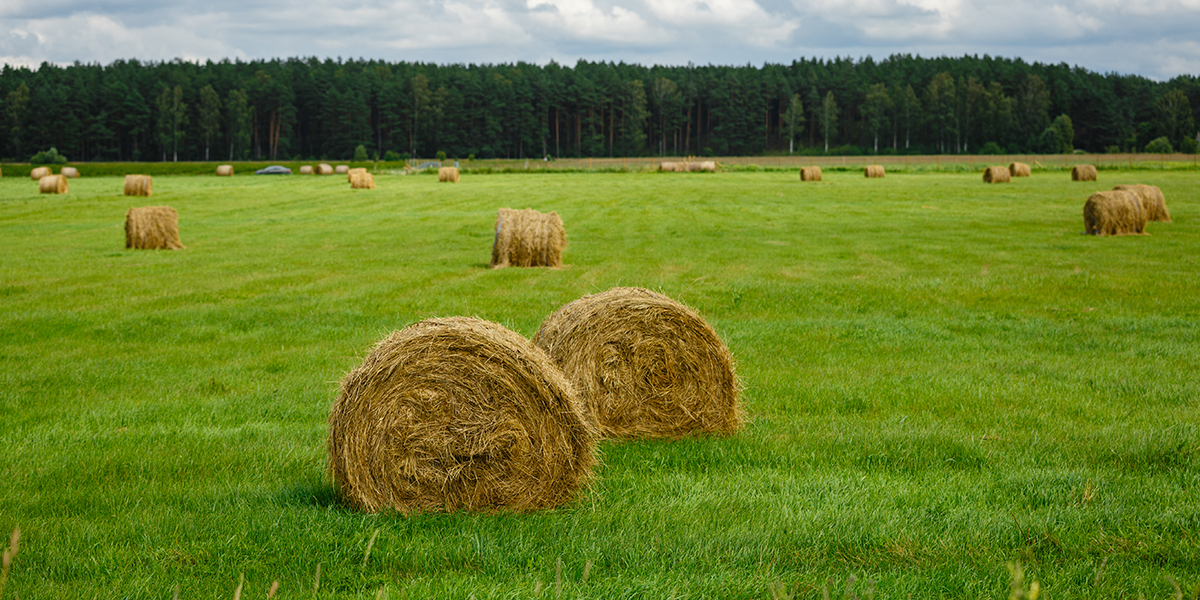
EM in Vegetable Cultivation
Another important example of effective microorganisms in agriculture is vegetable cultivation. In this area, freedom from residue plays a major role. On top of that, the optimum appearance of vegetables also remains a key selling point. As such, EM technology is basically an indispensable natural way to ensure that vegetables are less susceptible to pests and fungal infestation. This results in a good-looking and tastier end product.
Key benefits of EM in vegetable cultivation:
- 100% freedom from residue and ecological support for immediate consumption.
- Equally suitable for use in polytunnels, open land, and greenhouses.
- Noticeably longer crop shelf life.
Use cases of EM in vegetable cultivation:
- Greenhouse cleaning.
- Greenhouse spraying.
- Soil treatment to strengthen plants and build up humus.
- Seed treatment to create natural protection.
- Seedling treatment to accelerate root formation.
- Adding to watering.
- Leaf treatment to increase the strength of plants.
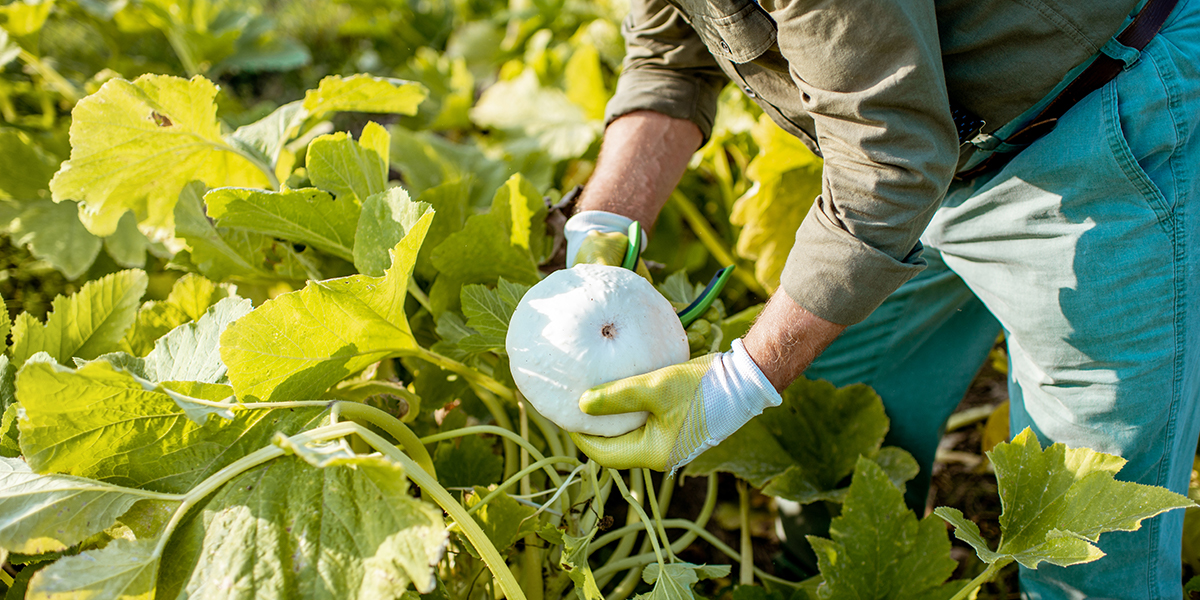
EM in Ornamental Plant Cultivation
Unlike most other areas of agriculture, which are essential for our survival, ornamental plant cultivation doesn’t bear that responsibility. However, since people love flowers, and let’s be honest, they are beautiful, they have a contribution to our overall well-being. We will leave it to you to decide whether or not ornamental plant cultivation is sustainable by itself. Nonetheless, EM technology may be applied in that field as well.
Key benefits of EM in ornamental plant cultivation:
- It promotes plant health and growth and increases stress resistance.
- It may be applied in conventional and organic operations.
- By promoting beneficial organisms, it intensifies the colors and the taste of herbs.
Use cases of EM in vegetable cultivation:
- Greenhouse cleaning.
- Greenhouse spraying.
- In-tray seedling treatment.
- Initial treatment after potting.
- Adding to watering.
- Leaf treatment via spraying and nebulizing.

EM in Fruit cultivation
Fruit cultivation is another great example where effective microorganisms in agriculture offer several benefits. We all know that pests and diseases can cause extreme damage to fruit trees and fruits. Luckily, EM technology offers an environmentally friendly method to strengthen the natural defense system of fruit trees. It establishes a non-friendly environment for pathogens on the surface of leaves. Moreover, it also optimizes the effects of sunlight.
Key benefits of EM in fruit cultivation:
- Strengthening of the natural defense system against pests and diseases.
- Contributes to more uniform fruit growth.
- Improves the taste of fruits.
- Ensures that roots are stronger.
- Helps soil retain moisture during hot periods.
Use cases of EM in fruit cultivation:
- Mulch treatment.
- Adding Bokashi for fertilization.
- Seedling treatment for better root formation.
- Adding to watering.
- Spraying fruit trees.
- Protection for tree trunks.
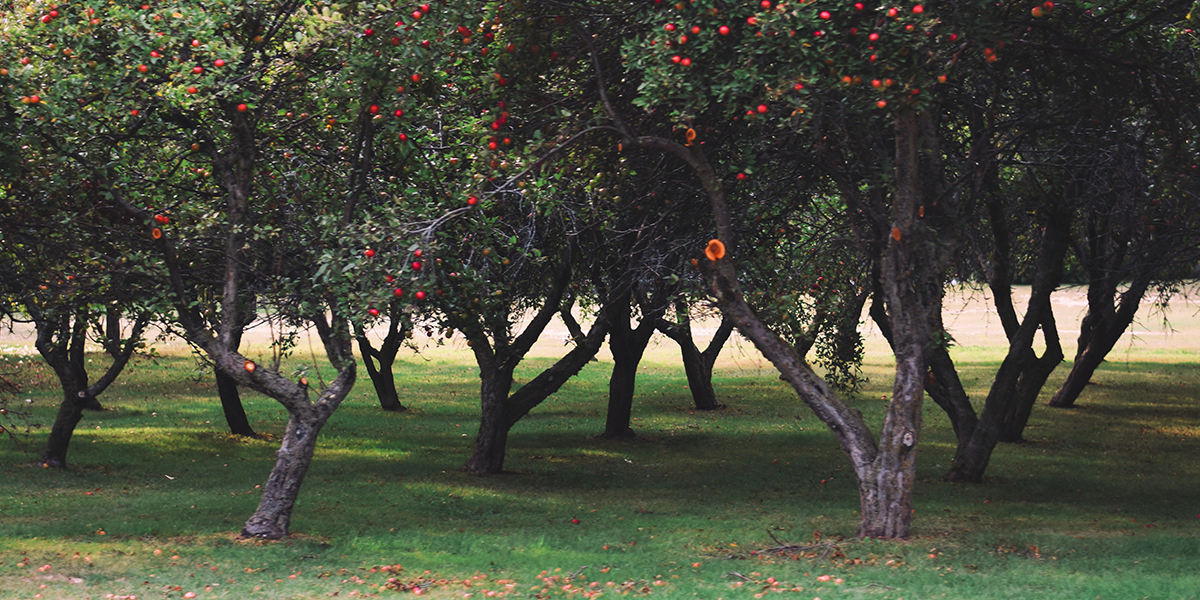
EM in Winegrowing
Vines are often victims of diseases and pests, which cause severe economic damage. While there are some effective pesticides, they are very bad for the environment. As such, using EM technology to protect the vines offers a perfect natural solution.
Key benefits of EM in fruit cultivation:
- Strengthening of the natural defence system against pests and diseases.
- Intensifies the taste of grapes.
- Contributes to more uniform grape growth.
- It suppresses composting processes.
Use cases of EM in fruit cultivation:
- Adding Bokashi for fertilization.
- Mulch treatment.
- Your vine treatment for better root formation.
- Irrigation for better nutrient absorption.
- Leaf treatment.
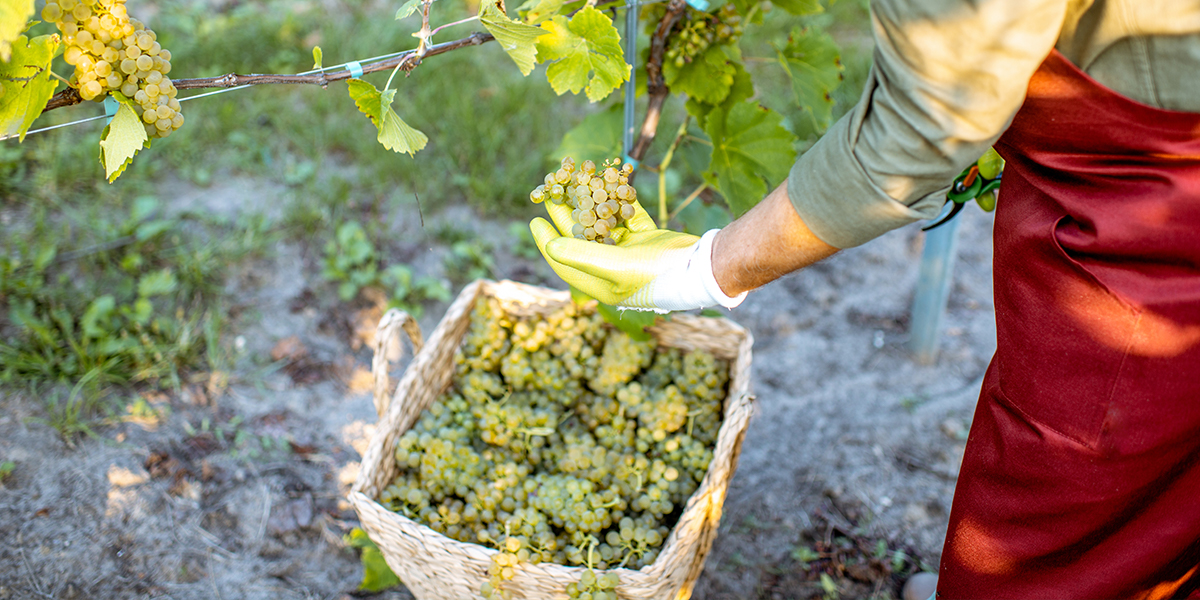
EM in Forestry
While forestry may not be the first thing that comes to our minds when thinking about agriculture, it still represents a very important area of effective microorganisms in agriculture. After all, forests are the most important ecosystems when it comes to CO2 capturing and O2 production.
Key benefits of EM in forestry:
- Contribution to soil fertility increase.
- Plants natural defence system strengthening.
- Improves the quality of trees.
Use cases of EM in forestry:
- Soil treatment for commercial forests, Christmas tree cultivation, and energy forests.
- Mulch treatment.
- Spraying Christmas trees before budding.
- Wood chip treatment to prevent fungal growth.

EM in Bee-Keeping
You surely know how important bees are, right? Well, using EM technology helps us ensure that the high quality natural conditions are met for these buzzing friends.
Key benefits of EM in bee-keeping:
- It helps strengthen bees.
- It helps strengthen hives and the surrounding area.
Use cases of EM in bee-keeping:
- Adding EM to the drinking trough.
- Spraying the hive and the surrounding area.
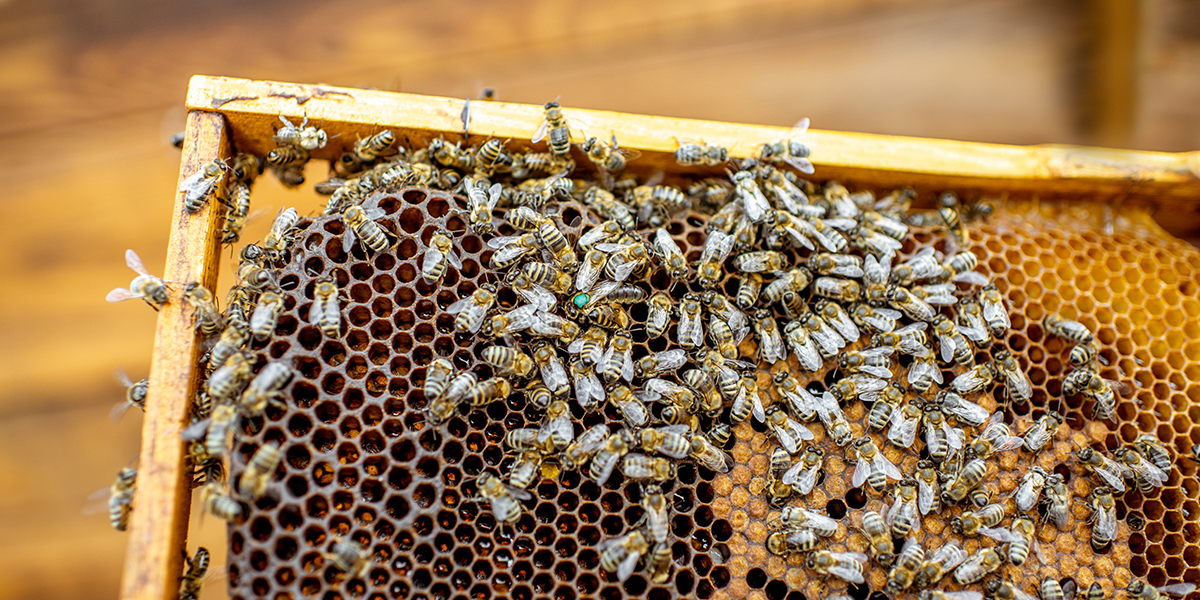
Beyond Effective microorganisms in agriculture
Suppose you are a farmer or a gardener. In that case, you may apply the above information right away and start using EM technology to improve the quality of your crops and be environmentally friendlier at the same time. Moreover, even if you do not have a farm nor a garden, you may do your part by sharing the above information with people involved in agriculture.
Furthermore, there is a way to use EM technology in your home by composting your organic waste. Our Bokashi Organko composting system offers you a practical and environmentally friendly way to manage your bio-waste efficiently. EM are an essential part of Bokashi composting as they ensure that the composting process is life-inducing. This further ensures that the end product is highly suitable for soil building. Moreover, Bokashi Organko also produces a side product that may be used as a fertilizer or a natural drain cleaner. Pretty cool, right? Now, who says you need to be a farmer or a gardener to compost your organic waste?
Help us raise awareness, do your part, and stay awesome!
Source: https://www.multikraft.com/en/products-applications/agriculture-farming/

